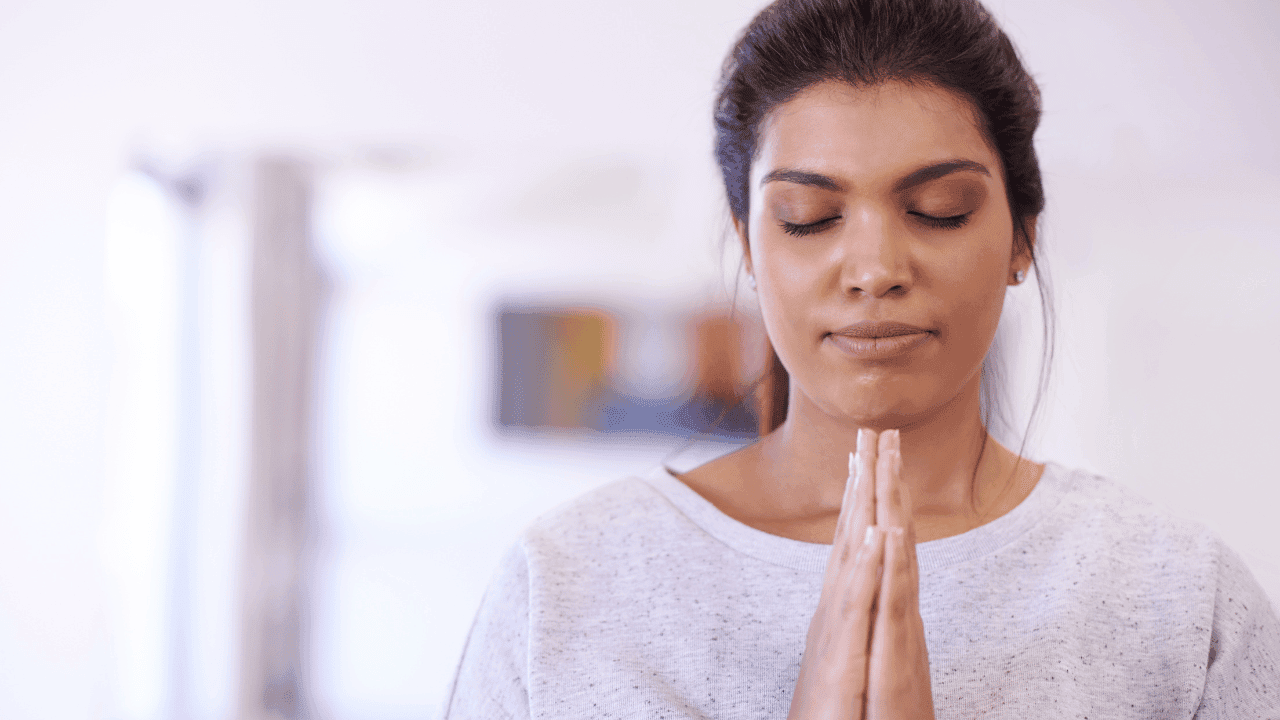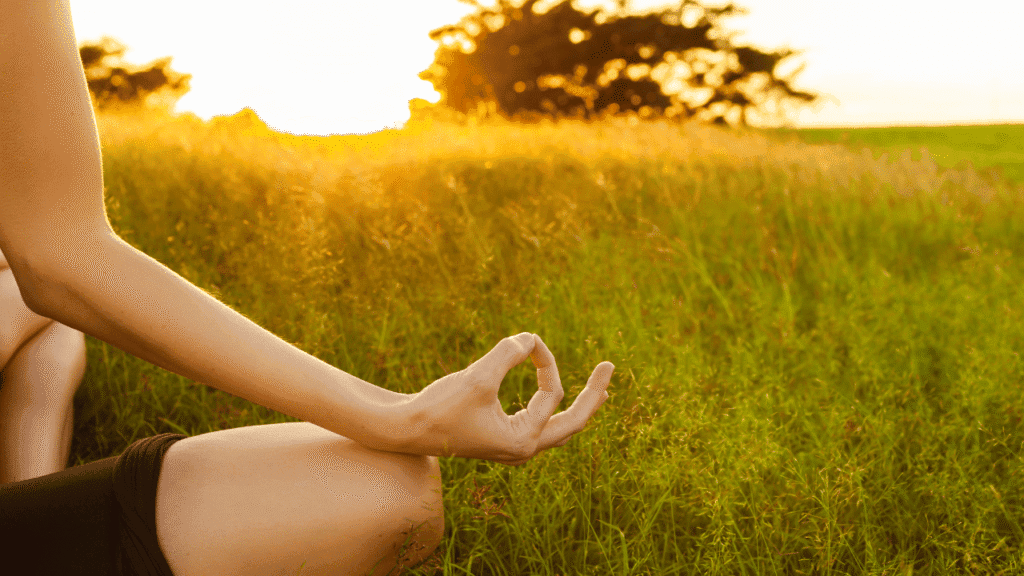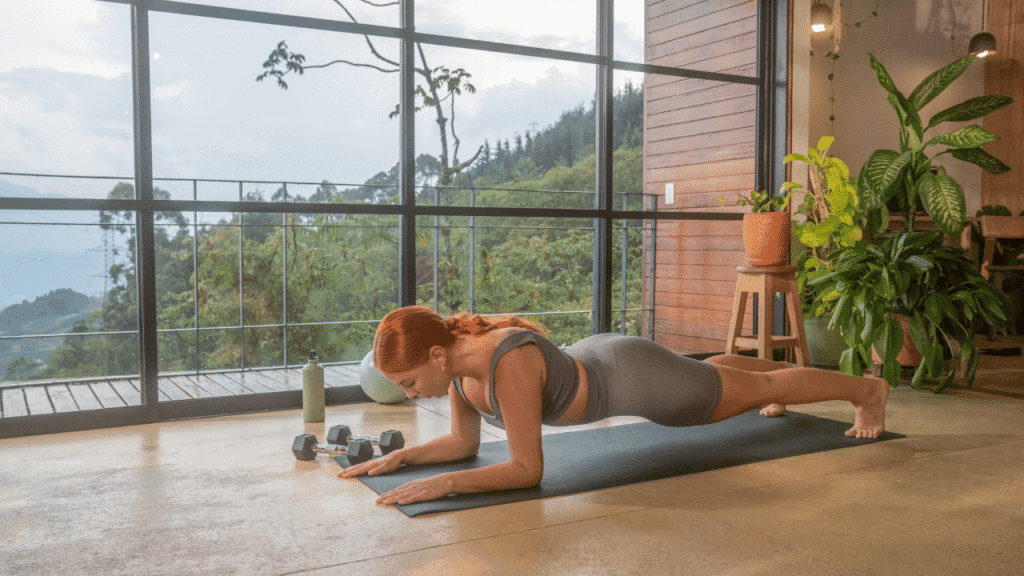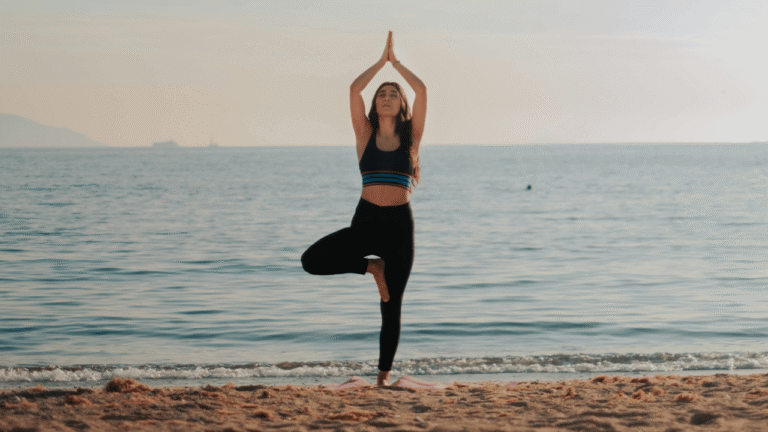Mindfulness in Everyday Life: A Beginner’s Guide

Mindfulness in Everyday Life This guide invites you to learn a simple, compassionate skill that helps you meet each present moment with steady awareness and ease.
Pay attention to the present with curiosity and kindness, as Dr. Eric Loucks describes, and you can bring calm to ordinary tasks like walking, eating, or talking with others. Small pauses and one deeper breath can change how your day feels.
Start where you are: practice short steps you can repeat, and trust that awareness grows through repetition. Research shows benefits from lower blood pressure and better sleep to reduced anxiety and depression, so even brief sessions help.
Use this guide as a map to simple ways to align actions with intentions. Learn practical ways to reset attention and support steady clarity on busy days. For a beginner-friendly how-to, see a helpful primer on practical mindfulness, or explore starting tips at a beginner’s meditation guide.
Key Takeaways
- See this as a practical skill you can use any day.
- Small shifts in attention transform routine moments.
- Start with short, repeatable pauses and breaths.
- Research links practice to better sleep and lower stress.
- Gentle, consistent effort builds lasting awareness.
Why Mindfulness Matters Right Now
Science now shows clear benefits from short, steady attention practices. Randomized trials link these programs to less anxiety and depression, lower blood pressure, and better sleep.
Researchers such as Dr. Sona Dimidjian describe a useful shift called de-centering: watching thoughts pass like leaves on a stream. That shift helps prevent relapse of depression and reduces rumination.
Brown University found an eight-week course increased awareness of daily habits and led people to healthier choices. When your attention returns to the present moment, stress feels more workable and you can act with more care.
- Practical gains: calmer moods, clearer choices, and improved sleep.
- Everyday impact: noticing thoughts and feelings creates space for wiser responses.
- Quick to start: you can practice short exercises each day and still see benefits.
For tips on how to keep a steady practice, see a simple guide on how to keep a steady practice. Start small and let awareness reshape your day and your health.
Mindfulness in Everyday Life: Simple Ways to Start Today

Define it simply: Be with the present moment without judgment. Notice your surroundings, body, and thoughts, and let them pass without adding extra weight.
Begin with a two-minute daily routine you can actually keep
Pick a protected time—after brushing teeth or before opening email—to make this micro-practice reliable. Sit comfortably, feel the breath, and let attention rest on the here and now.
- Expect the mind to wander; each return strengthens attention.
- Use a short cue: place your phone face down, then take three steady breaths.
- Keep it gentle: two minutes every day beats sporadic longer sessions.
Make mindfulness practical: Use the phrase “just this breath” to anchor focus. Celebrate showing up; consistency is the real gain.
For a quick primer to help you get started, see mindfulness basics.
Wake Up Well: Morning Check-Ins That Set Your Day’s Tone

Open the morning with a soft pause: notice sensations, name a feeling, and set an intention. This brief check-in helps your daily routine start with clarity rather than rush.
Body scan lite
Begin with a one-minute scan. Pay attention part by part, from toes to crown. Note warmth, tightness, or ease without trying to fix anything.
Mindful stretch and walk
Move slowly and let breath guide you. Observe how the body responds. Step outside or walk indoors and notice feet, light, air, and the rhythm of breathing.
Morning journaling
Open a journal and name three thoughts and two emotions present right now. Then write one clear intention to guide your day. Keep it short so the routine stays alive.
“A small, steady check-in each morning changes how the rest of the day unfolds.”
Breathe on Purpose: Mindful Breathing You Can Use Anywhere
Use your breath as a simple anchor whenever the day feels scattered. This short pause restores calm and steadies attention so you can meet tasks with more ease.
Focus on the sensation of air at the nostrils or belly rise and fall
Let your breath be the home base: bring your focus to the feel of air at the nose or the belly’s rise and fall. Keep the posture relaxed—shoulders soft, jaw unclenched.
If your mind wanders, gently bring back attention to the breath
When distraction arrives, gently bring back your attention without judgment. Treat the mind like a curious child you guide home.
- Try 4-7-8 breathing: inhale 4, hold 7, exhale 8 for a few cycles.
- Use three conscious breaths as a reset between tasks.
- Lengthen the exhale when tension rises to cue calm.
- Short one-minute breath breaks work like mental bookmarks.
“Even a few mindful breaths can steady nerves and sharpen focus.”
Turn On Your Senses: Grounding to the Present Moment

When the mind races, a quick sensory check can restore balance and focus. Use this simple method as a gentle reset during a busy time.
Use the 5-4-3-2-1 technique to anchor awareness throughout the day
Five steps: name five things you see, four you hear, three you smell, two you touch, and one you taste. This short round brings attention back to the moment and to bodily signals.
- Use the 5-4-3-2-1 practice to pay attention to your senses and quickly reconnect when stress spikes or focus fades.
- Scan for subtle shifts—temperature on your skin, fabric against your palm, or the taste after a sip—to ground awareness.
- Turn routine tasks into small exercises: notice warm soapy water at the sink or the rhythmic contact of your feet while walking.
- When tension shows up in shoulders, back, or jaw, name the quality (tight, sharp, dull), then soften around it to invite release.
Short check-ins two times throughout day—midmorning and midafternoon—train your nervous system for steadiness. On packed days, one full 5-4-3-2-1 round can shift your state and rebuild focus.
“Treat curiosity as your guide; each small reconnection is a vote for calm.”
Mindful Commutes and Wait Times: From Traffic to Checkout Lines

A commute or brief wait can become a small training ground for calm. Treat these minutes as chances to notice resistance, feelings, and the body’s signals without judging them.
Try this simple way to rewrite wasted minutes: keep your phone in your pocket for the first minute of any wait and take three steady breaths. Name one sensation—tension in the shoulders, the rhythm of your feet, or a sound nearby—and return attention to that moment.
- In traffic or on the bus, notice the urge to rush and then let it pass with gentle awareness.
- Treat red lights and platforms as practice: soften your shoulders, breathe, and scan the sounds and sights.
- Use the commute to rehearse calm before work so you arrive clearer and kinder.
“Replace silent complaints with curiosity; found time can teach you steadiness.”
Over time, these micro-practices lower tension, sharpen focus, and show that peace is portable—useful whether you’re stuck in traffic or standing at a checkout.
Eat, Move, and Rest Mindfully: Everyday Habits that Reduce Stress

A small shift at meal, movement, or rest can cut stress and brighten your day.
Simple routines help your body notice what truly nourishes you. Try one clear change today and watch habits follow.
Mindful eating: Savor textures, flavors, and fullness cues
Slow meals down and taste each bite. Put utensils down between mouthfuls and check hunger and satisfaction.
- Eat one meal a day slowly to learn fullness cues and enjoy food more.
- Studies link slower eating to less binge and emotional eating, and to steadier mood.
Movement and yoga: Notice effort, breath, and pleasant sensations
Turn small movement into practice by noticing effort and any pleasant sensation that arises.
- Keep a short list of go-to moves: gentle stretches, a few yoga poses, or a five-minute walk.
- After activity, pause and register the mood lift; this helps the body repeat healthy choices.
Short sit-down meditations: Five to twenty minutes in a quiet spot
Set a timer for 5–20 minutes and sit comfortably in a quiet spot. Let posture be gentle and steady.
- If stress rises, place a hand where you feel it most and breathe, softening on each exhale.
- Regular short sits train attention and help the body become a trusted teacher over time.
“Small, consistent habits—around food, movement, and rest—build steady well‑being.”
Build Your Practice: Apps, Anchors, and Attention Training
Small rituals can turn scattered minutes into steady habit-forming moments. Use gentle cues and simple tools to shape a routine that fits your day and keeps attention kind and steady.
Set anchors and prompts
Create simple anchors like lighting a desk candle before work or placing a journal on your nightstand. These cues help you incorporate mindfulness without extra effort.
Pair prompts with places: a sticky note by your monitor, a water bottle that reminds you to pause, or a bell on your phone. Start with one small change and let it grow into a stable routine.
Leverage tools and short practices
Use guided apps like Calm or Headspace to make meditation easy. These apps offer timers, programs, and habit tracking so you can make mindfulness part of a daily plan.
Schedule 4-7-8 breathing and other short exercises throughout day—attach them to meetings or meals. Try attention trainers or games like Tenacity to sharpen focus.
- Anchor: candle or journal to cue calm.
- Tools: apps and timers to support habit building.
- Accountability: check in with a friend or set phone reminders.
“Start with one small way to simplify your routine; steady wins over perfect.”
Mindfulness with Others: From Conversations to Intimacy
When we share attention with another person, small shifts in how we listen build trust. Treat conversation as a gentle experiment. Stay curious and offer kindness as you hear words and pauses.
Practice curiosity, gentleness, and acceptance moment by moment. Before replying, pause and notice your own feelings and emotions. A single breath creates space so your response is calmer and clearer.
Try a simple option method in intimacy: offer Option A or Option B, then listen for feedback. This clear choice helps partners voice desire and respect boundaries without pressure.
- Bring curiosity to tone and words; keep your focus soft and steady.
- Use eye contact and slower speech to anchor mutual attention.
- Check in during the day with “How are you feeling right now?” to deepen care.
- When strong feelings arise, name them, breathe, and then respond.
These ways practice mindfulness together. Over time, this approach can make life feel safer and more connected each day. For more on mindful relating, see mindful relationships.
“Meeting each other with curiosity and steady attention changes the way we love and listen.”
Conclusion
Tiny habits—like pausing for three breaths or a one-minute body scan—become anchors for clearer days.
You now have a practical path to weave simple practices into daily life: short meditations, sensory checks, and quick breath resets that fit any schedule.
Keep the practice light and steady. When thoughts pull you away, gently bring back attention—bring back breath, notice one sensation, and move on without judgment.
Use anchors (coffee, parking, or a brief work break), apps for guided sessions, and a friend or group for support. Over weeks these small choices reduce stress, lift mood, and make your day feel more spacious.
For a helpful primer and more ways to practice, see this guide on mindfulness in everyday life.














